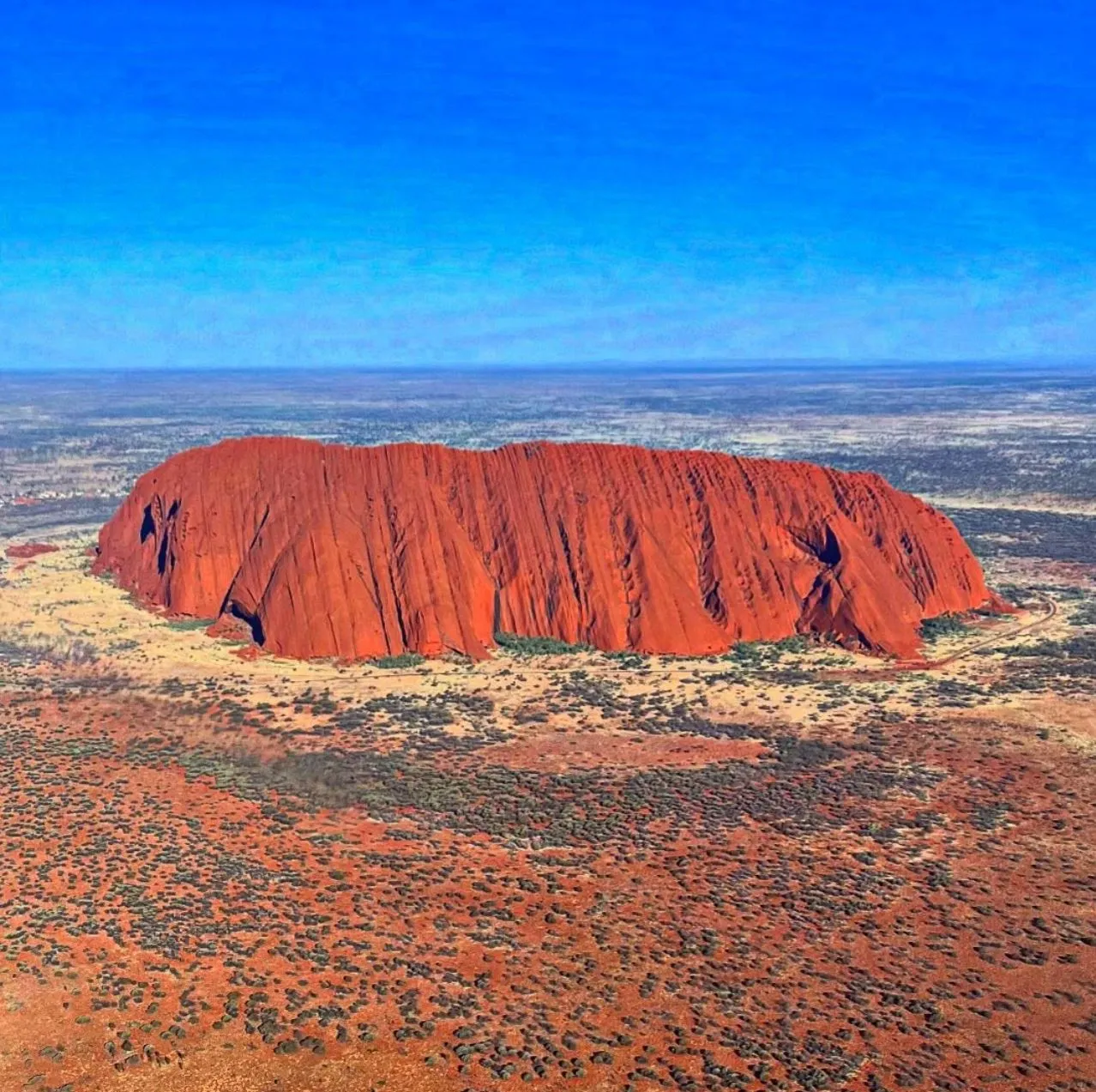Ayers Rock (Uluru) is one of Australia’s most famous attractions and a UNESCO World Heritage site. Located in the Uluṟu-Kata Tjuṯa National Park in the Northern Territory, it’s a must see for those who want to experience its culture, desert landscape and views. But timing is everything to ensure a good and safe visit. This guide will tell you the worst times to visit this , tall rock famous for its views, Aboriginal heritage and culture.
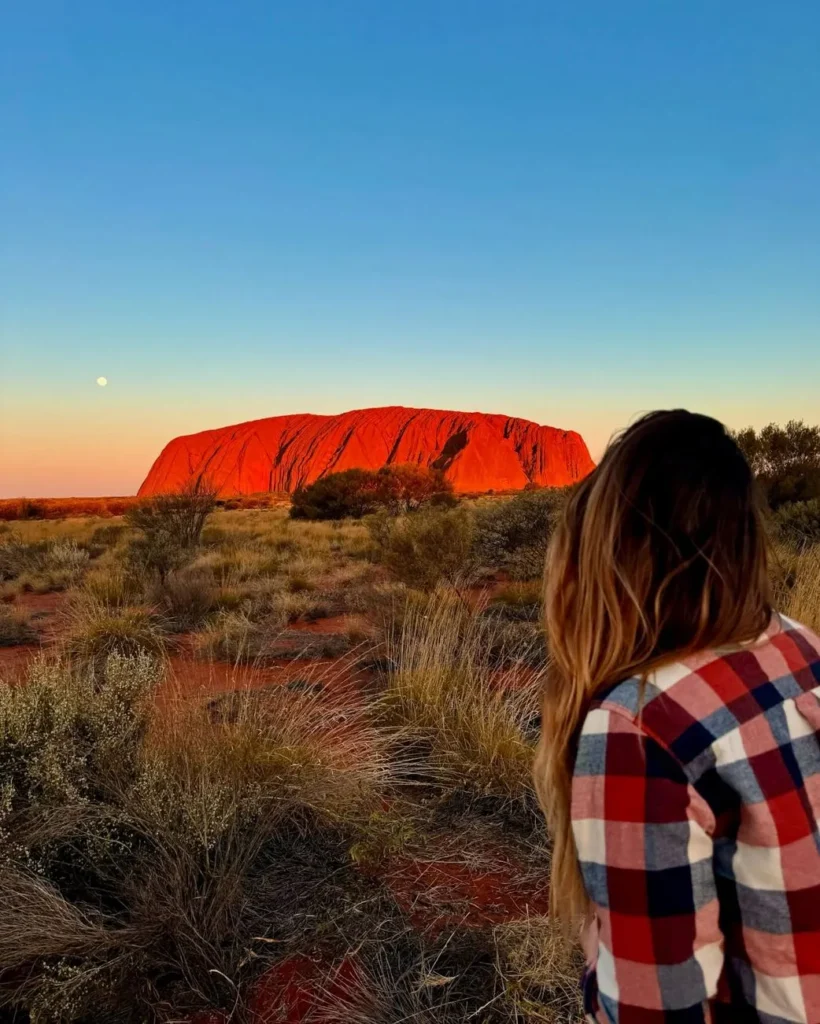
Uluru’s Allure and Challenges
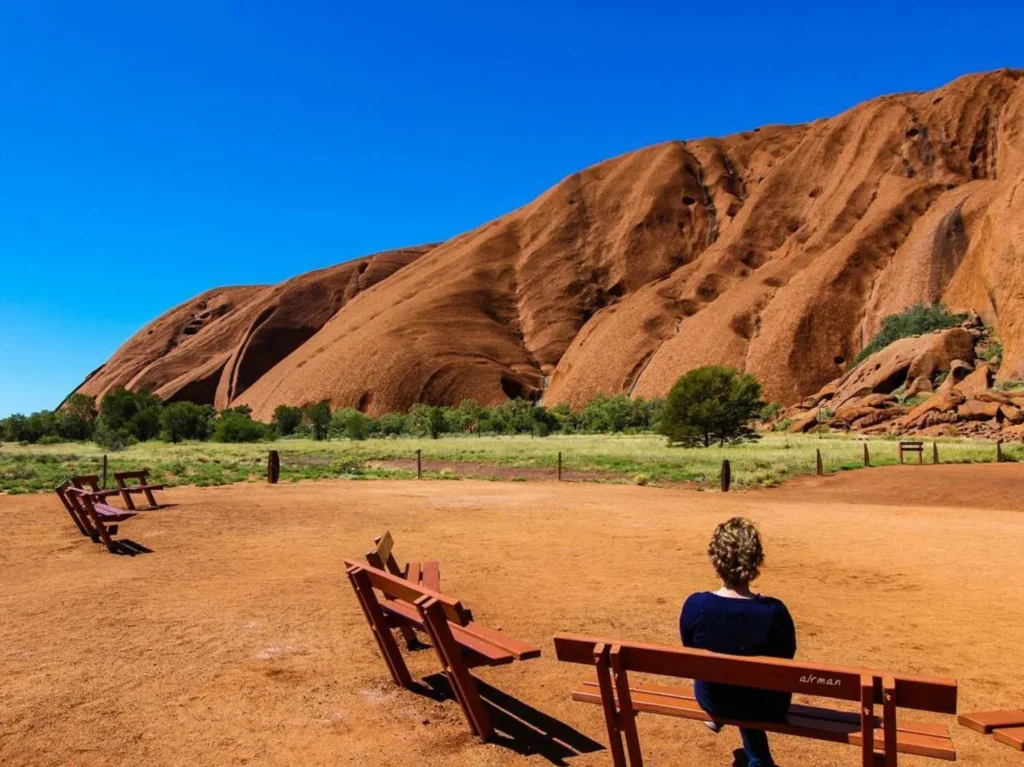
Uluru has got visitors hooked with its alien landscapes, vibrant red colours that change dramatically at sunrise and sunset and its living embodiment of Aboriginal culture. Watching the rock change colour as the desert sky changes is an experience you’ll never forget. The area has walking trails like the Mala Walk and other immersive experiences that reveal ancient rock paintings and the stories of the Aṉangu Mala.
But visiting Uluru is not without its challenges. Daytime temperatures can be extreme, especially in summer and night time temperatures in winter can drop quickly, so you’ll need warm clothing. And its location in the Northern Territory means access to destinations, amenities and emergency services is limited. You need to be well prepared to navigate the desert and respect this sacred site.
When Not to Visit Uluru? Key Considerations
Summer Peak: December to February
Summer is the hottest time of the year at Uluru, with temperatures often reaching 40 degrees plus. The midday heat is oppressive, and even short walks are exhausting and dangerous. The Mala Walk or trying to see the rock’s views becomes a challenge in these conditions. Heatstroke and dehydration are real risks even if you carry plenty of water.
And the flies that swarm visitors in summer make it even more uncomfortable. Outdoor activities like sunset and stargazing are not enjoyable in these conditions. Some may brave the heat for the rock’s uniqueness but it’s generally considered the worst time to visit, especially if you’re not used to the heat.
During Cultural Events or Closures
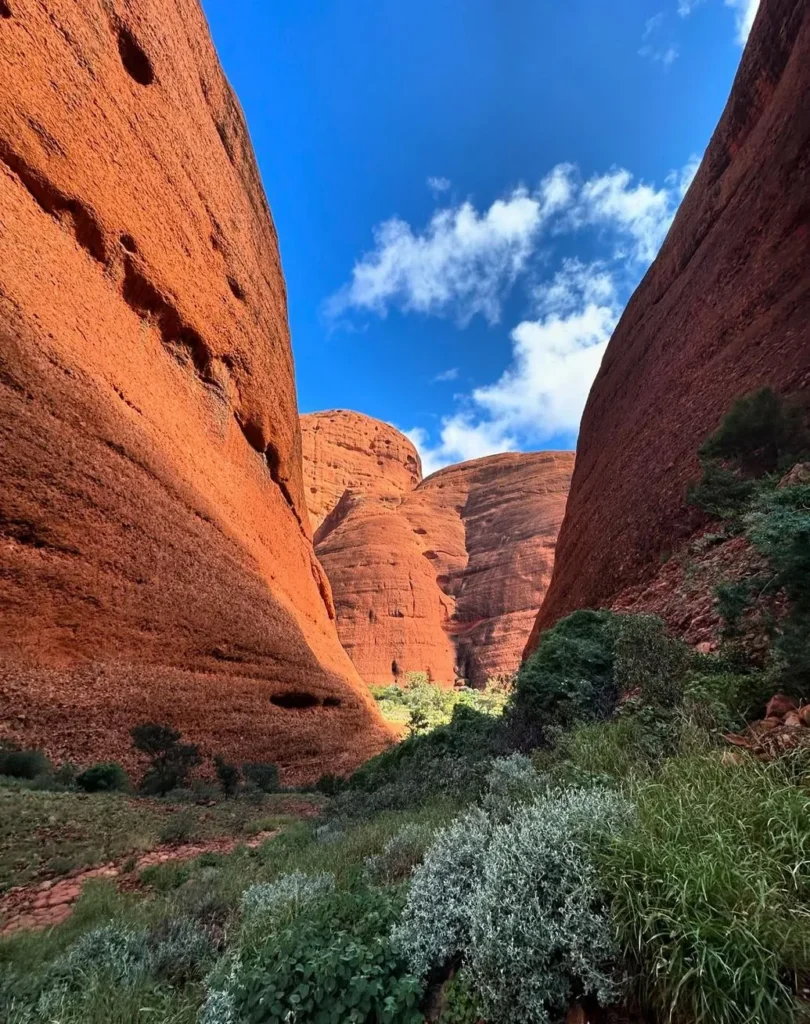
Uluru is a sacred site for the Aṉangu people and parts of the national park may be closed for ceremonies or cultural events. These closures are to protect the Aboriginal heritage and culture, as the Aṉangu Mala has a deep respect for the land.
Visitors during these times may find some walking trails, waterholes or iconic landmarks like Kata Tjuta closed. While these closures are temporary, they can impact your visit. Check local schedules and travel guides before you plan your Australian Outback tours to avoid disappointment. Understanding the cultural significance of these events will add depth to your visit and respect for the Aboriginal people and their culture.
Wet Season: November to March
Although Uluru is in the desert, the region has a wet season from November to March. Rain, although infrequent, can cause flash flooding around Kata Tjuta. Trails may be slippery and closed and some roads may be closed temporarily.
But the wet season also brings its own beauty. Rain can create waterfalls on the rock surface, a rare and amazing sight. But the weather is unpredictable during this time so not ideal for those looking for a dry season experience. Weather forecasts are crucial if you’re planning to visit during these months.
School Holidays and Public Holidays
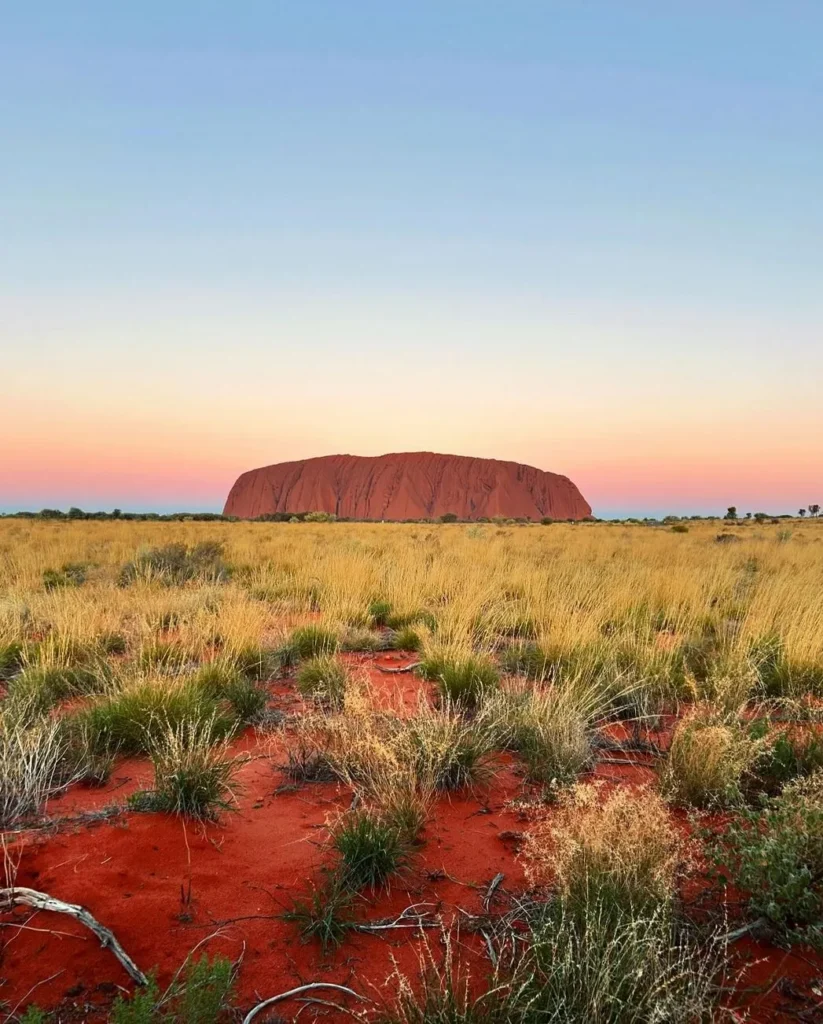
Australian school holidays and public holidays are peak travel times for domestic travel and Uluru is no exception. Families flock to Uluṟu-Kata Tjuṯa National Park and the trails, Uluru tours, accommodation, park passes are fully booked.
During these busy times prices for accommodation and activities increase and booking the cheapest accommodation is hard unless you book well in advance. And the peacefulness of the desert is disrupted by the influx of people and it’s harder to appreciate the serenity and cultural significance of this land. For a more peaceful experience visit during the shoulder seasons when the weather is lovely and cooler.
If You’re Not Prepared for the Remote Location
Uluru is a remote desert location so be prepared. Travelers who don’t pack properly will struggle with the conditions. Essentials are a water bottle, hiking boots, sunscreen and warm clothing for the cooler months as night time temperatures can drop significantly.
The isolation also means there are limited medical facilities, fuel stations and supplies. Visitors must bring enough provisions for their Uluru trip including plenty of water and snacks and a park pass for Uluṟu-Kata Tjuṯa National Park. Without these preparations, even a short trip to this iconic destination can be a tough experience.
When to Visit Uluru?
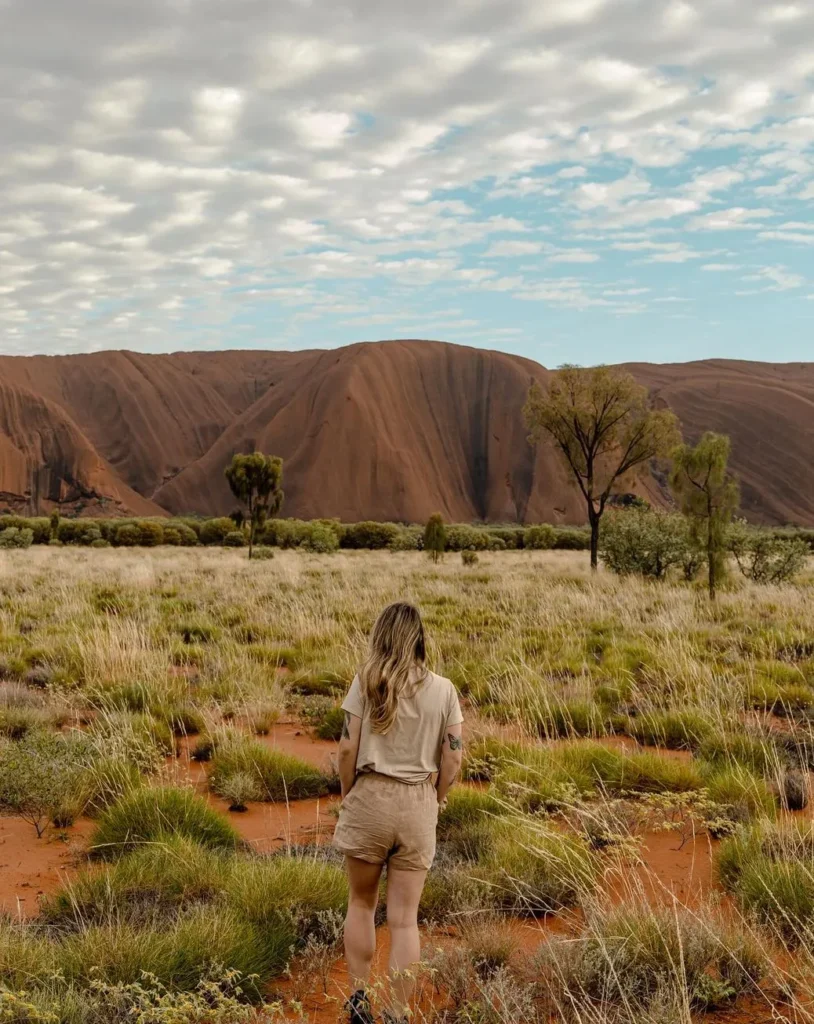
The best time to visit Uluru is during the cooler months of May to September. Daytime temperatures during these months are 20-30 degrees and perfect for hiking, exploring and desert walking. These months also have clear desert skies so stargazing and sunrise/sunset viewing is amazing.
The shoulder season of April and October is also a popular time for many travelers. These months have milder weather and fewer crowds so it’s a great time to connect with Uluru’s natural wonders and cultural heritage. Booking accommodation in advance is still recommended to get the best options.
Respect the Land and Its People
Uluru and Kata Tjuta are sacred to the Aṉangu people who have been here for thousands of years. The Aṉangu’s connection to Uluru is spiritual and we ask you to respect that by not climbing the rock which is prohibited.
Aboriginal guides will give you valuable insights into the living cultures of the region and you can learn about ancient rock paintings, traditional stories and the 500 million year old monolith’s history. Respecting the land and its traditions will make your trip even more special and help preserve this wildlife haven and cultural treasure for future generations.
Conclusion
Uluru is a destination that requires some planning to experience its full beauty and significance. Avoid visiting during the hottest time of the year, wet season or peak holiday periods to have a good time. By choosing the right times and being well prepared you’ll see the sights, learn about Aboriginal culture and have memories to last a lifetime.
FAQ
What is the worst time to visit Uluru?
Summer (December to February) is the worst time to visit Uluru as it’s too hot and outdoor activities are dangerous and uncomfortable.
Why should I avoid visiting Uluru during school holidays?
School holidays mean big crowds and higher accommodation prices and a less peaceful experience. Booking accommodation during quieter periods will give you a more peaceful trip.
Is the wet season a good time to visit Uluru?
The wet season (November to March) can bring rain and flash flooding and hiking trails and roads may be closed. While rare, rain can make the landscape beautiful with waterfalls but also poses risks.
When to visit Uluru?
May to September is the best time to visit Uluru. Daytime temperatures are mild and the desert skies are clear, it’s a favourite time for travellers.
How do I respect Aboriginal culture when I visit Uluru?
Respect Aboriginal culture by not climbing the rock, learn from Aboriginal guides and understand the cultural significance of the site. That’s how you’ll have a respectful and meaningful experience.
